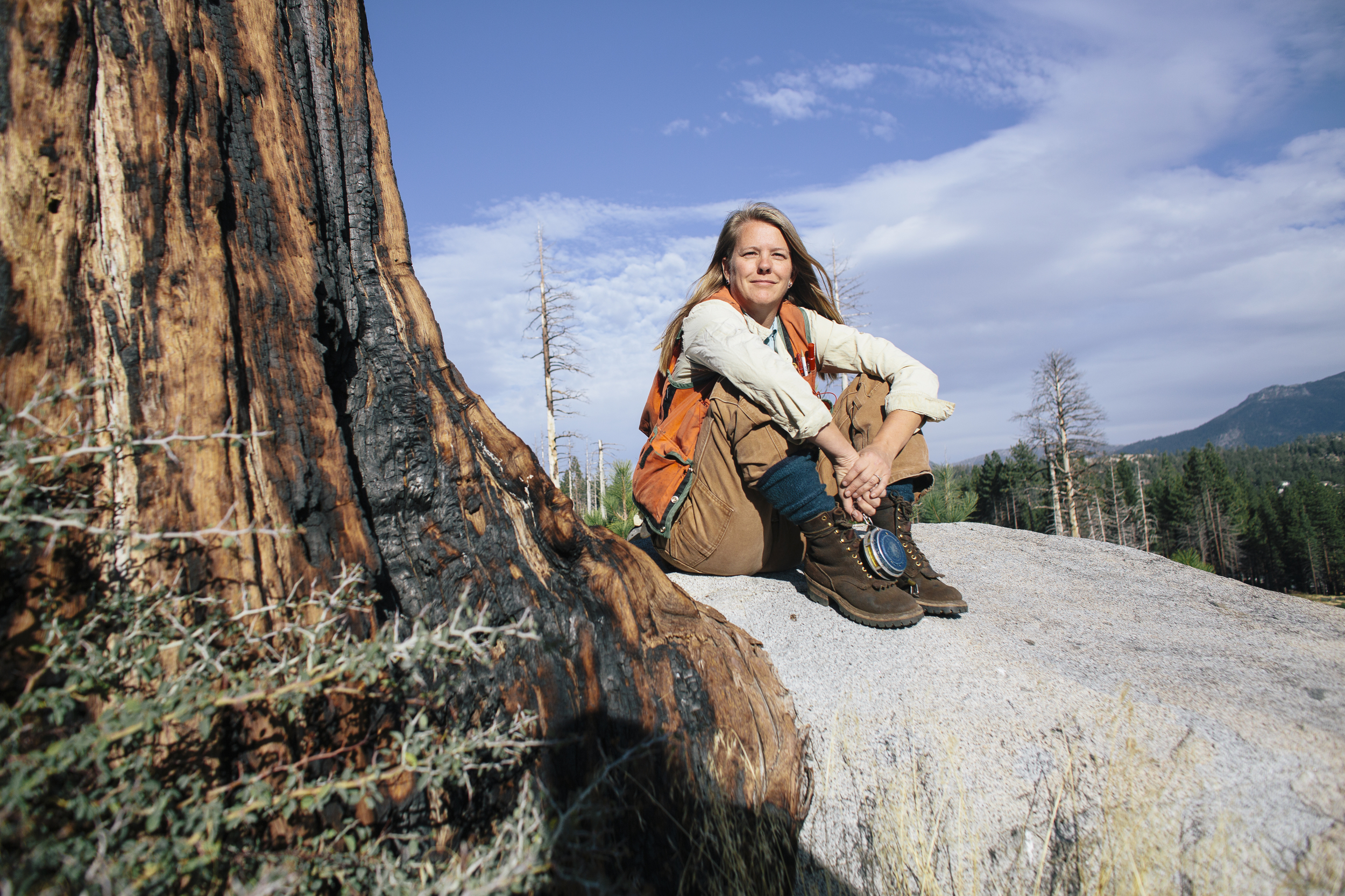Climate disruption has arrived, bringing challenges that once seemed unimaginable: wildfires so large and hot that they create their own weather, record-breaking heat waves and a vanishing Sierra snowpack.
Against that backdrop, hundreds of University of California scientists and researchers are working to help people across the state cope, with innovations to fight fire, protect precious water supplies and accelerate the transition to a clean energy future.
State and federal leaders are critical partners in UC’s efforts, providing essential funding and support. Gov. Gavin Newsom’s proposed state budget includes a $185M investment in UC’s climate resilience work. If approved, the funds would provide seed grants for promising research; expand regional innovation incubators focused on climate solutions; and support new workforce training and development hubs for climate-focused jobs.
Here are some of the climate resilience efforts already making a difference in Californians’ lives:
—
Wildfire response
Wildfires in California are getting bigger, hotter and harder to contain, with seven of the largest wildfires in state history occurring in just the last four years. UC researchers are responding to this new reality on multiple fronts, deploying technologies to aid first responders, creating disaster-proof building materials, providing guidance on more resilient forests, and offering resources — like this primer on how to fire-harden your home — to help families cope.
Eyes where we need them
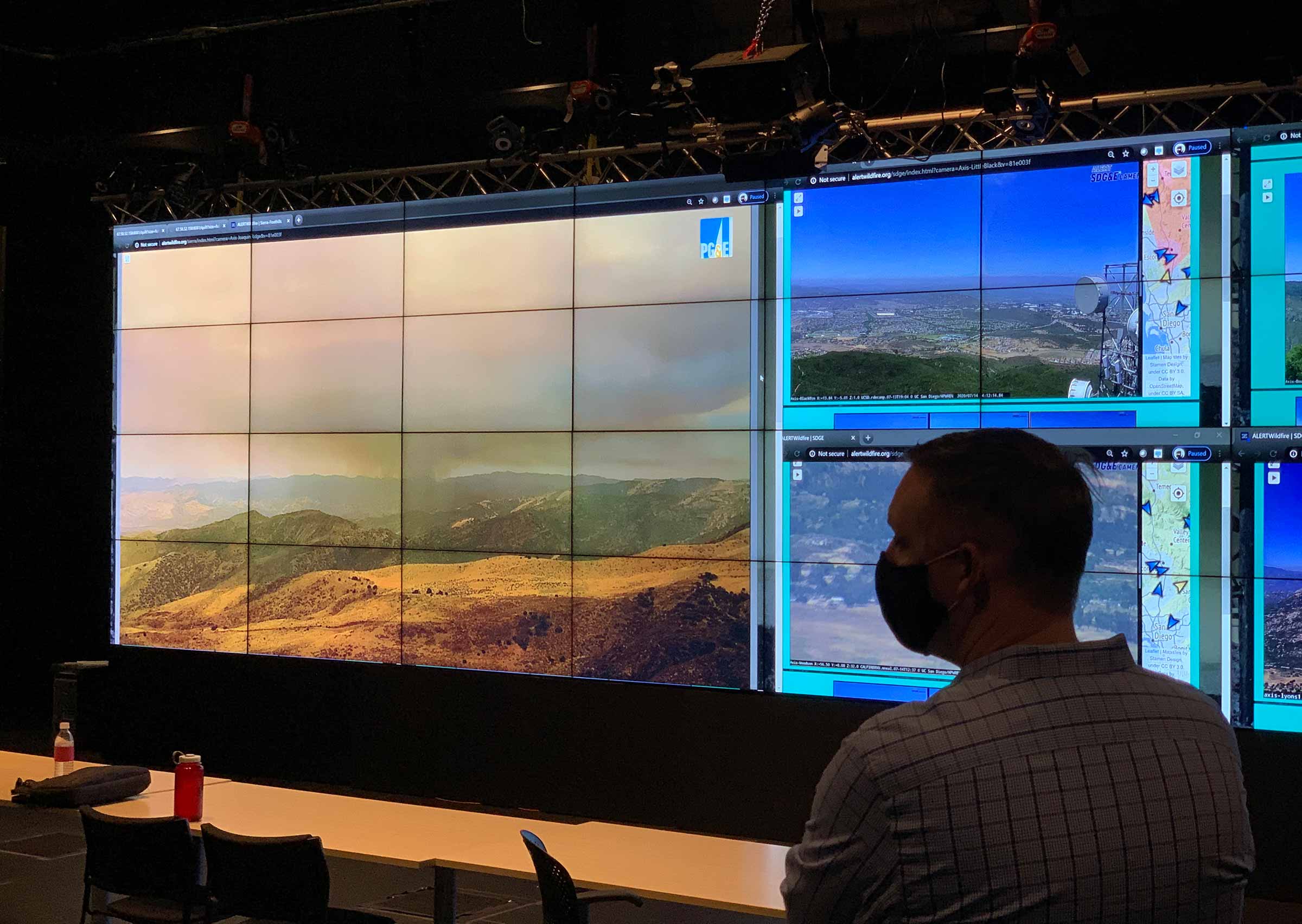
UC San Diego’s Neal Driscoll, in concert with CAL FIRE and other partners, has deployed a network of more than 840 high-tech infrared cameras across rugged, fire-prone regions of the state to help firefighters respond at the first sign of smoke. The cameras are so powerful that they can detect a fire from more than 70 miles away. The expanding ALERTWildfire network lets first responders know what’s happening on the ground, even before they get there.
“It used to take 20 to 30 minutes for our commanders to get to fires and make decisions, and now with the cameras, we are reacting within seconds of the first report,” CAL FIRE San Diego County Unit Chief Tony Mecham told Triton magazine. “That extra time is significant when it comes to moving resources or starting evacuations. It’s making a difference. I can’t even put into words how important those first few minutes are.”
Anticipating wildfire’s path
Scientists have also unleashed the power of artificial intelligence and supercomputing to aid embattled firefighters. At the UC San Diego Supercomputer Center, Chief Data Science Officer Ilkay Altintas leads the WIFIRE Lab, which crunches huge volumes of data to give fire officials real-time models for predicting a fire’s trajectory. Known as “Firemaps,” the models draw on data from the point of origin, topography, weather and wind conditions, vegetation and more to chart what’s to come.
“For incident commanders, the WIFIRE Firemap is one of the most progressive decision-making tools developed in the last decade,” said L.A. Fire Department Fire Chief Ralph Terrazas. “Firemap gives the commanders accurate and real-time data to help make command decisions when prioritizing resource allocation or which communities to evacuate.”
Disaster-proof housing
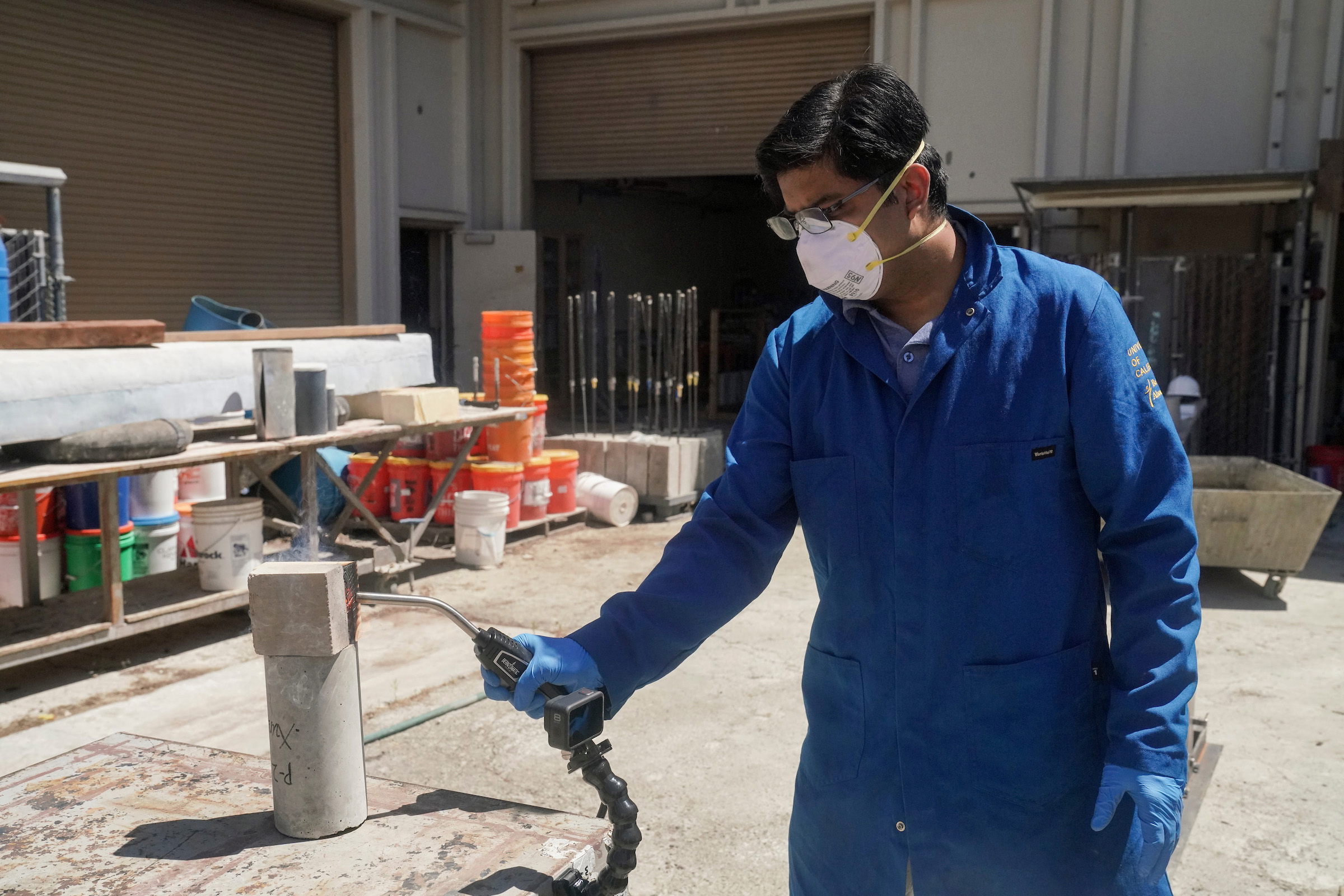
UC Davis structural engineer Michele Barbato is developing new ways to build affordable homes that can withstand most of what the planet throws their way. Co-director of the UC Davis Climate Adaptation Research Center, he is focused on a very ancient solution — something that’s been around for more than 10,000 years. That “technology” is mud, or rather an engineered form of it called compressed and stabilized earth blocks.
When engineered correctly, compressed and stabilized earth blocks can withstand magnitude 7 earthquakes, Category 5 hurricanes and rate-3 tornadoes. They also appear to be impervious to fire: when Barbato’s team tested the technology in a furnace at nearly 2,200 degrees F, the earth blocks reacted much as they would in a kiln, becoming more like red brick.
Although more research is needed before earth block homes start popping up, they could become a viable solution that is cost-effective, environmentally-friendly and able to withstand the unpredictable conditions of our changing climate.
“If we’re building back better, we need to design not for wind loads or fire loads that are here now, but for the ones we think our structures will have to survive in the future,” Barbato said.
Learn more about the house that doesn’t burn
Resilient forests
For more than five decades, UC Berkeley forestry scientists have used a 4,000-acre experimental forest in the northern Sierra Nevada as a living laboratory to study how different land management practices can reduce the risk of severe wildfire and improve forest resilience to climate change.
Prescribed burns are now one of the primary tools that researchers at the Blodgett Forest Research Station use to maintain biodiversity, reduce the risk of severe wildfire and increase the amount of water available to trees during periods of drought.
Researchers have also come to recognize that decades of fire suppression — and the myth that forests do best when left untouched — have created dangerously overgrown conditions in much of the Sierra Nevada. California’s Indigenous people were using fire to care for the land long before Europeans arrived.
—
Water security
Water has long been one of California’s most precious — and contentious — commodities, at times pitting the needs of agriculture, the environment and cities against one another for this life-giving resource. Climate change makes that balancing act even tougher. But as we head into another year of below-average rainfall, there is good news: UC has deep expertise across its 10-campus system on virtually every aspect of California’s water supply, and is working closely with federal, state and regional agencies to make the most of every drop.
A shady solution that saves billions of gallons of water
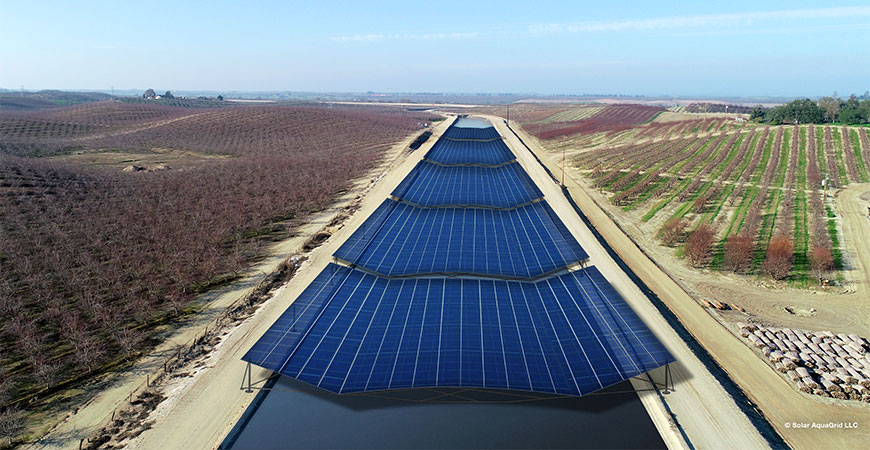
California has 4,000 miles of aqueducts. UC Merced and UC Santa Cruz researchers have proposed covering them with solar panels to reduce evaporation and produce clean electricity — a simple and brilliant idea that is being put to the test by the Turlock Irrigation District.
Postdoctoral student Brandi McKuin found that California could save 63 billion gallons of water a year — enough to irrigate 50,000 acres of farmland or meet the residential water needs of more than 2 million people — by deploying solar panels over the state’s canals. The panels would also produce 13 gigawatts of solar power or about half of what the state needs to add to meet its clean energy goals.
Securing water for agriculture and ecosystems
UC Merced’s Joshua Viers is leading a collaborative effort to improve agricultural and environmental water resilience across the parched West. With a $10 million grant from the U.S. Department of Agriculture, the effort focuses on water banking, trading and improvements in data-driven management practices to arrive at a climate-resilient future in water-scarce regions of the United States.
“It has been clear for some time that water scarcity is our new reality,” Viers said. “There are a lot of challenges in balancing the needs of agriculture and ecosystems, and climate change and drought are only exacerbating difficult decisions about how to sustain water resources. But our team of advisors, educators and scientists is eager to enable data-driven decision-making for securing a climate resilient future for our water-stressed regions.”
Making the link between power and water
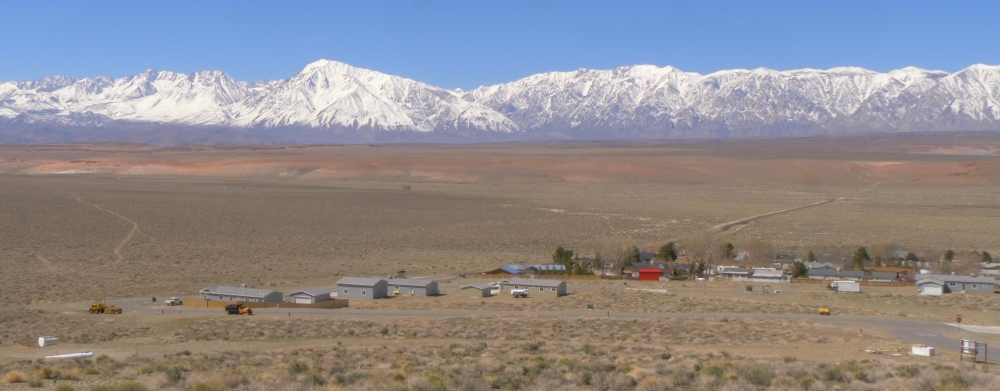
Water and energy are inextricably linked: a staggering 19 percent of California’s electricity consumption goes toward water-related applications, such as treating, transporting, pumping and heating. Additionally, about 15 percent of in-state electricity generation comes from hydropower. Climate change will put new stresses on that interdependence: As the planet continues to warm, water supplies are expected to diminish, while energy demands will intensify.
UC Santa Barbara environmental studies professor Ranjit Deshmukh, in partnership with other UC scientists, has mapped the interdependencies between water and energy. The goal is to help policymakers in the water and energy sectors better adapt to climate change by coordinating their actions and plans. The research was supported by the Department of Energy Office of Science and the National Science Foundation.
—
Coping with extreme heat
California had its hottest summer on record in 2021 — and heat waves are expected to become more frequent and more severe in the coming decades. In fact, extreme heat is one of the most deadly consequences of climate change: It affects health and well-being in both acute and chronic ways, from premature births, to lower test scores, decreases in productivity and increased risk of heatstroke among children and the elderly. The impacts disproportionately affect poor and minority communities.
Researchers across UC and its affiliated national labs are developing solutions and sharing recommendations with state and regional planners. Last fall, for example, environmental policy experts at UCLA’s Luskin Center for Innovation assessed California’s policies for mitigating extreme heat and recommended a comprehensive statewide approach.
Even simple acts like planting trees, creating more green space and installing reflective roofing can have significant cooling effects in urban areas, according to research from UC San Diego professor Jennifer Burney.
“Smart urban planning cannot continue to be treated as a luxury item or else the most vulnerable populations will be further left behind and heat-based suffering will worsen for billions around the world,” Burney said. “Access to livable urban temperatures for all neighborhoods must become something we consider as essential for the vibrancy and functionality in our cities.”
The smart-roof coating that keeps you cool
Berkeley Lab scientists have developed an all-season smart-roof coating that keeps homes warm during the winter and cool during the summer without consuming natural gas or electricity. This groundbreaking technology, funded with support by the U.S. Department of Energy’s Office of Science, outperforms commercial cool-roof systems in energy savings.
“Our all-season roof coating automatically switches from keeping you cool to warm, depending on outdoor air temperature. This is energy-free, emission-free air conditioning and heating, all in one device,” said Junqiao Wu, a faculty scientist in Berkeley Lab’s Materials Sciences Division and a UC Berkeley professor of materials science and engineering who led the study.
The smart-roof technology is just the latest innovation from Berkeley Lab’s Heat Island Group, a research team that works to cool buildings, cities and the planet by making roofs, pavements and cars cooler in the sun.
—
Coastal flooding
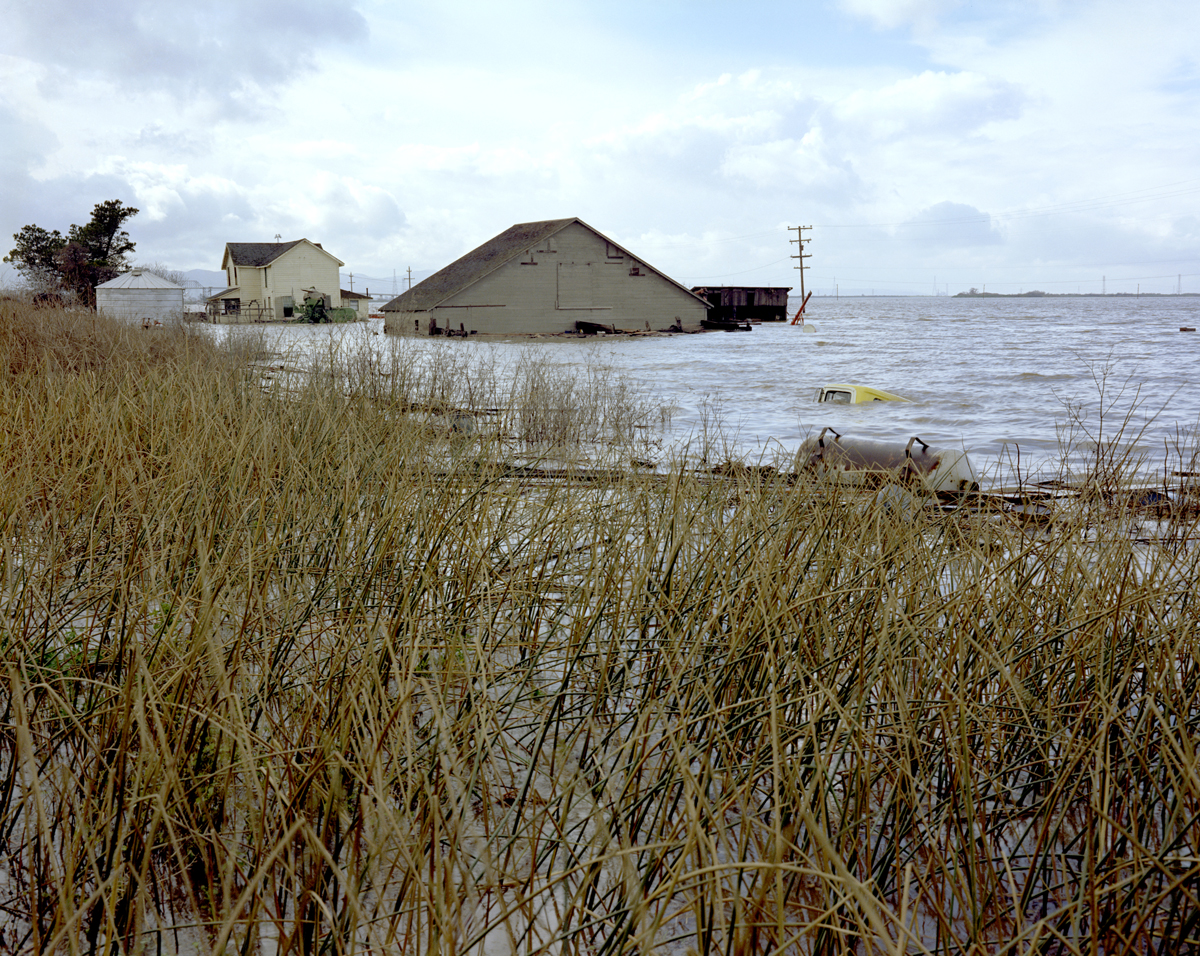
Sea level rise isn’t some far-off scenario. Coastal California and other low-lying areas around the globe are increasingly threatened by flooding and erosion associated with climate change, sea level rise and extreme storm events.
Brett Sanders, a UC Irvine professor of civil and environmental engineering, is leading a multicampus effort to create detailed simulations in the two areas of California that are most at risk for catastrophic floods: Greater Los Angeles and the Sacramento-San Joaquin River Delta.
Their easy-to-grasp visualizations help planners and policymakers prepare to mitigate flooding by revealing what floods might damage and destroy. Their models also increase engagement among residents, activists, public works officials, emergency management responders and urban planners.
“We live in a world where flooding is complicated,” Sanders says. “In most places, only a small subset of stakeholders have access to projections about flooding and the ability to measure the costs and benefits of proposed solutions. We want to make those tools accessible to everyone.” The effort is funded by the National Science Foundation’s Coastlines & People initiative.
Read more about forecasting floods
—
Clean energy
The scale and complexity of the climate crisis is daunting and it’s clear that no single solution can solve it. Yet the very scope of the problem is spurring an unprecedented wave of innovation across California as clean energy entrepreneurs develop new ideas for greening the power grid, siphoning carbon emissions from air and sea water, and making the most of home solar.
Bringing clean energy solutions to the marketplace
The California Energy Commission, in partnership with UC and Berkeley Lab, has launched CalTestbed to help those innovations get to market. Promising startup companies are given access to more than 60 world-class testing facilities across UC campuses so they can validate their products and get help with commercialization.
Forty startups have availed themselves of UC’s equipment, facilities and expertise since Cal Testbed launched two years ago, leading to $108M in follow-on funding and the creation of 137 new jobs.
Meeting the urgent need for sustainable sources of lithium
Lithium is required for making electric vehicle batteries and other devices that store and use electricity. The only hitch: An acute deficit looms in lithium supply as the world transitions away from fossil fuels and electric vehicles become increasingly popular. The shortage could put the brakes on many automakers’ plans to create all-electric inventory by 2035.
UC Riverside and Berkeley Lab are embarking on a first-of-its-kind effort to map out California’s so-called “Lithium Valley” and learn whether it can meet America’s urgent demand for lithium in a sustainable, environmentally-friendly way. The study is funded by the U.S. Department of Energy’s Geothermal Technologies Office.
Could the Salton Sea prevent the coming lithium shortage?
Siphoning carbon emissions out of air and seawater

UCLA engineers, led by Gaurav Sant, director of the UCLA Institute for Carbon Management, have developed a process that captures carbon dioxide emissions from power plants and other sources and converts it into environmentally-friendly concrete.
Sant and his colleagues last April became the first university team in the world to win an XPRIZE, earning a $7.5 million grand prize in the NRG COSIA Carbon XPRIZE global competition on the strength of their innovative process.
The engineering team has attracted significant funding and donations from the Department of Energy and the Chan Zuckerberg Initiative. They have a number of other promising innovations in the pipeline, including SeaChange, a process that removes carbon dioxide dissolved in sea water. The energy-efficient approach has the potential to remove gigatons of carbon dioxide while producing green hydrogen, a clean fuel. The goal is to create a business model that can scale globally, Sant said.
"We do this in a way where we ensure carbon removal that's both permanent and durable, for on the order of thousands to millions of years," Sant said. "And you do this at a scale that's globally relevant. That's really what the sea change process is about."
—
Community resilience
Our best hope for solving the climate crisis
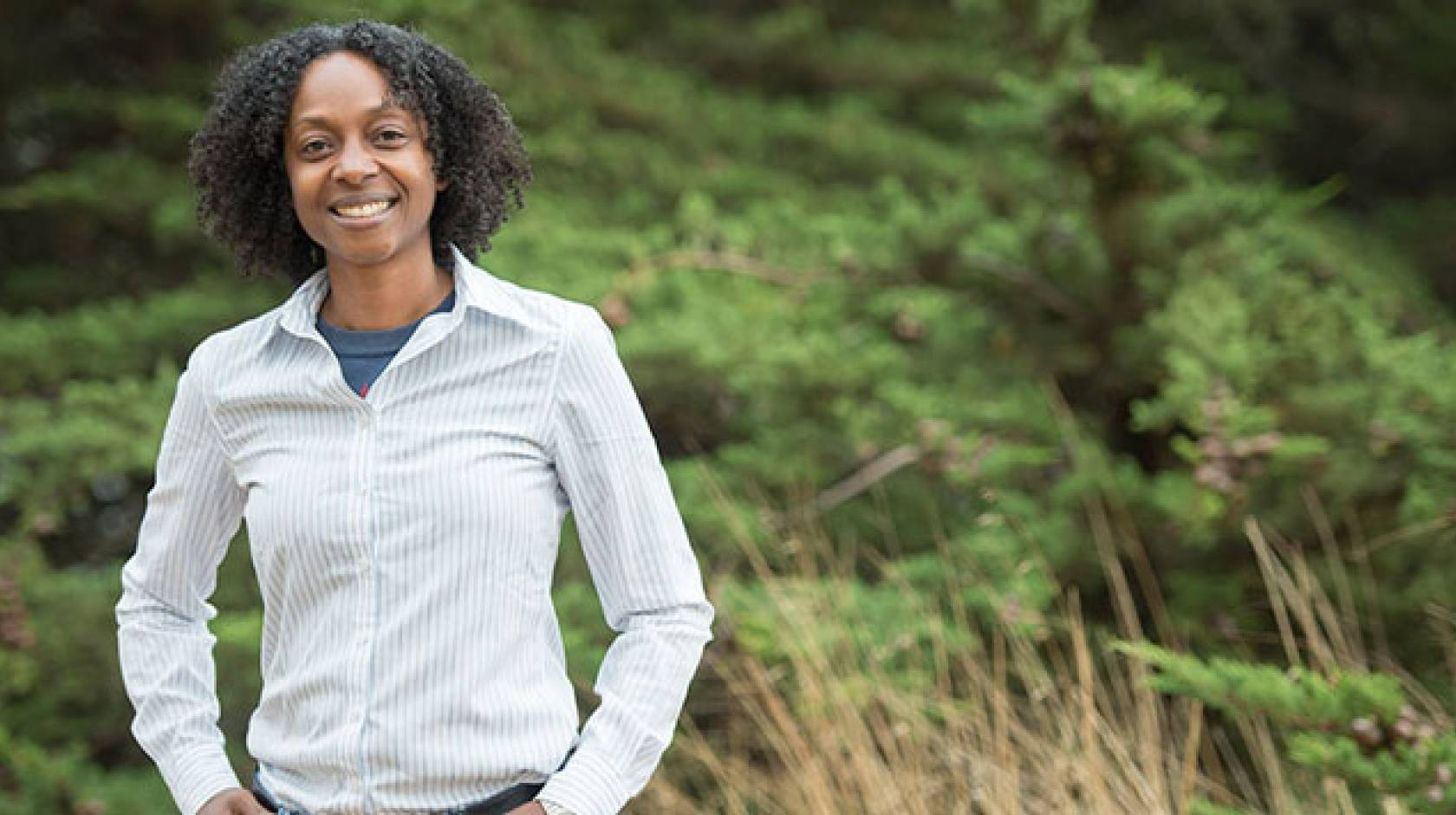
From extreme heat and air pollution to flooding and wildfire, it’s well documented that low-income communities and communities of color in California and around the world are disproportionately affected by impacts from climate change.
Two UC-wide efforts are focused on ensuring that climate adaptations and solutions reflect the needs and perspectives of California’s most vulnerable populations.
The UC Center for Climate Health and Equity, led by UC San Francisco’s Sheri Weiser and Arianne Teherani, is harnessing the expertise and leadership of the health sector to drive ambitious climate action that prioritizes the health, equity and respect of all communities.
The UC Center for Climate Justice, led by UC Merced’s Tracey Osborne, seeks solutions that address the root causes of climate change, including social, racial and environmental injustices. The multicampus effort is organized around six pillars: Just transition; social, racial and environmental justice; Indigenous climate action; community resilience and adaption; natural climate solutions; and climate education and engagement.
“While economic concerns and technology are important, we need a different approach guided by equity and justice. This is important because it brings a larger and more diverse group of people to the table who can relate to climate change from a justice perspective,” Osborne said. “It’s also important because climate justice solutions address the root causes of climate change, not just the symptoms, and by doing so, simultaneously address other interconnected social, racial and environmental issues.
“It’s not just the ethical thing to do, it’s our best hope for solving the climate crisis.”
Header image: UC Cooperative Extension forest advisor Susie Kocher visits an area recovering from 2007's Angora Burn in West Lake Tahoe. Credit: Elena Zhukova/University of California.
